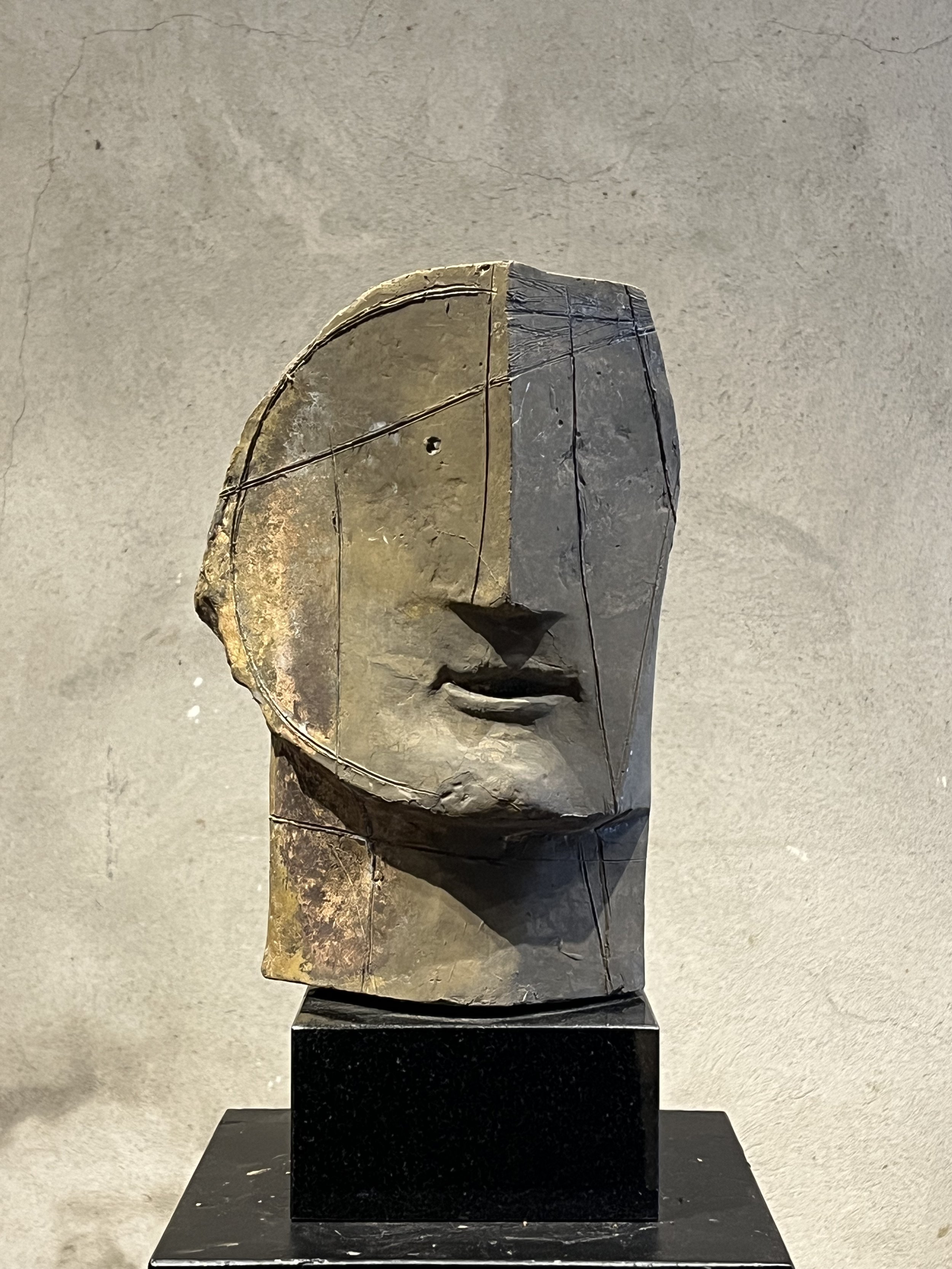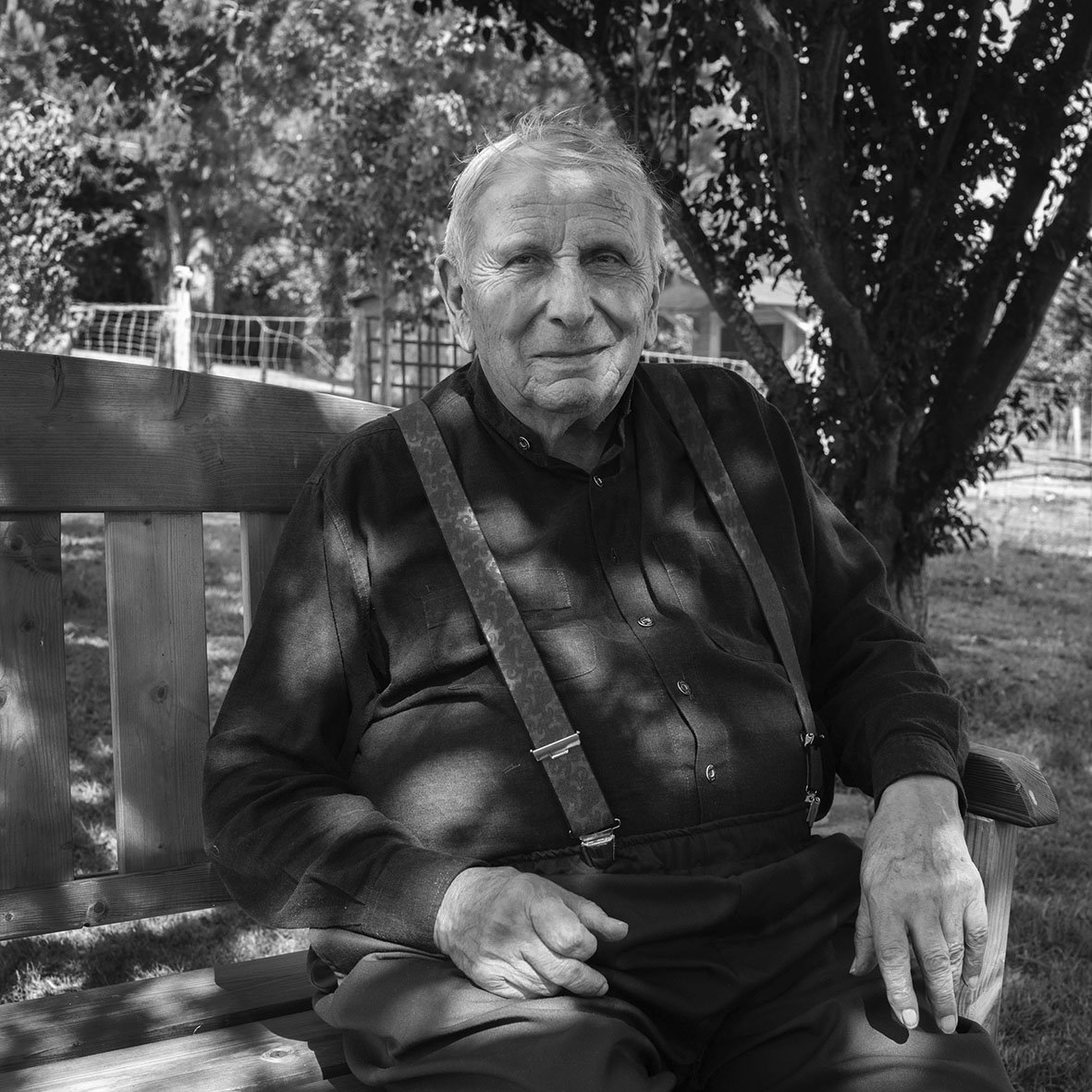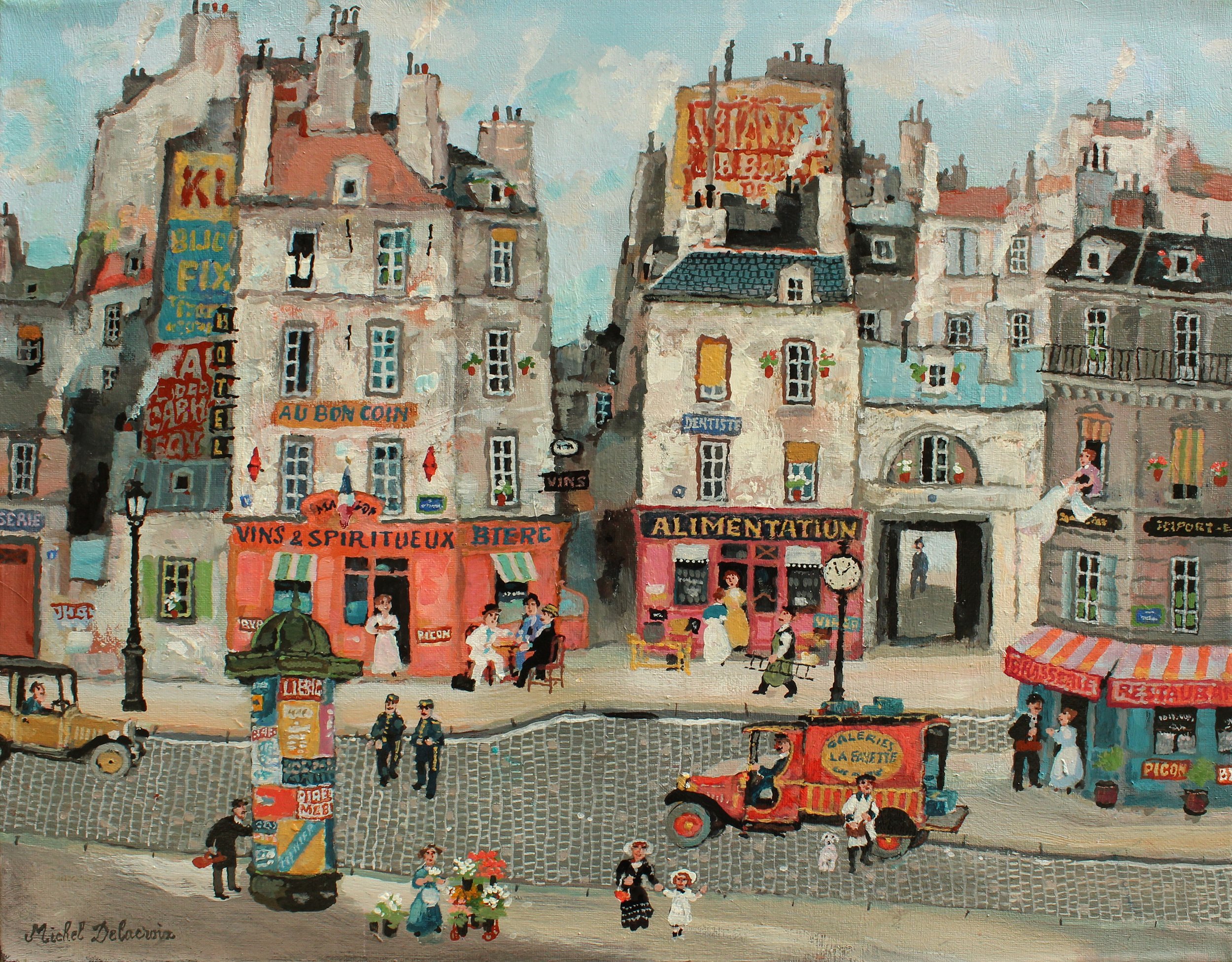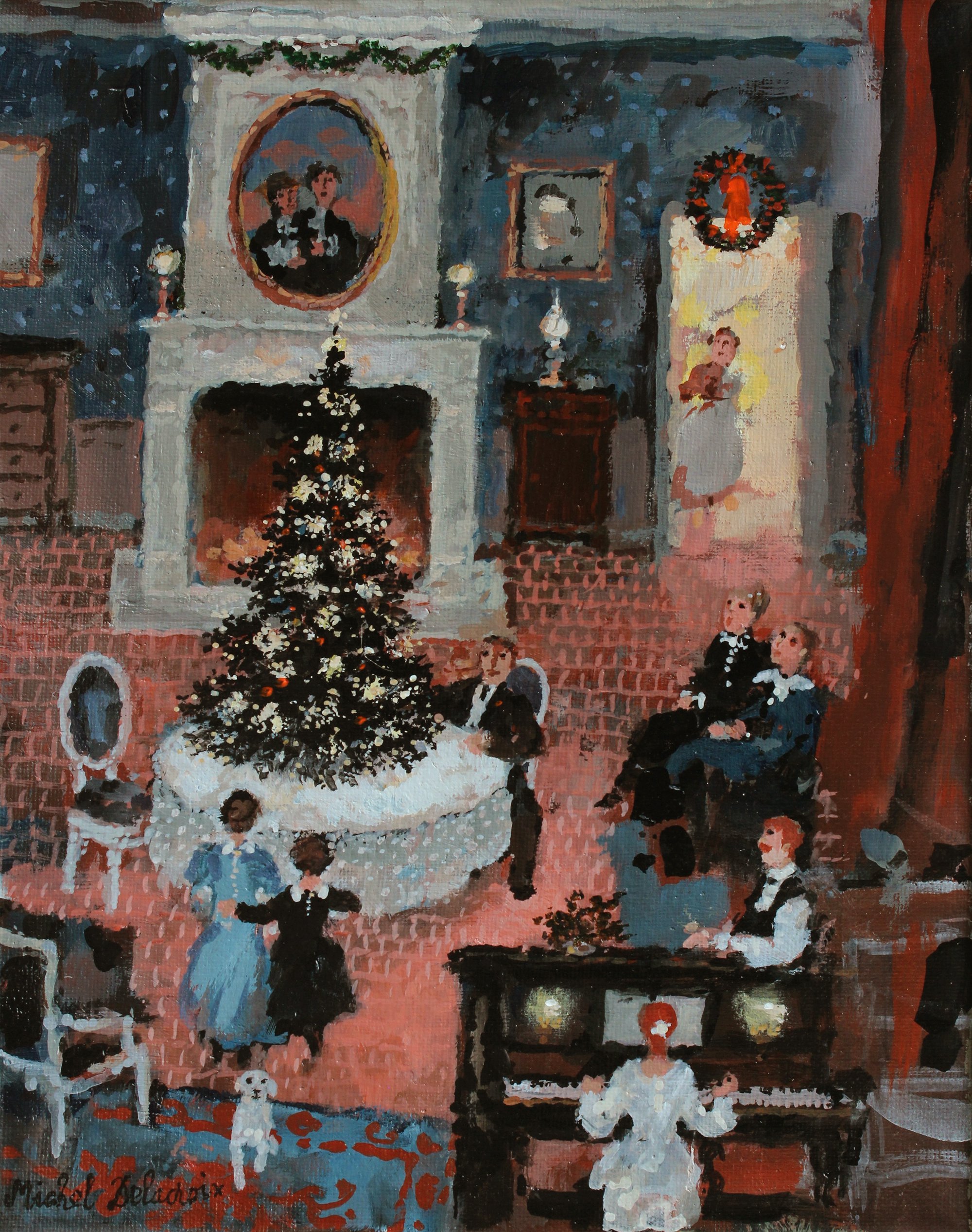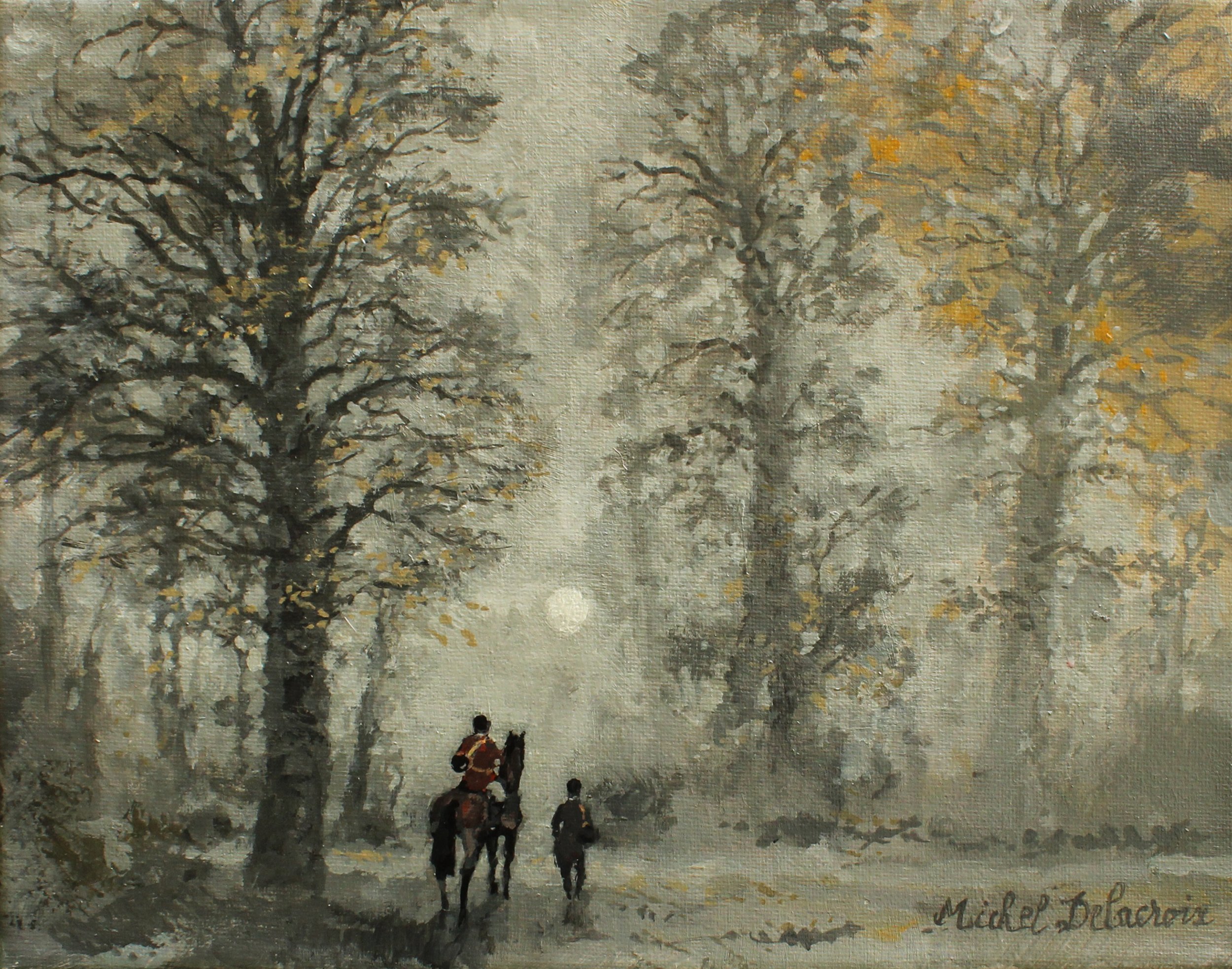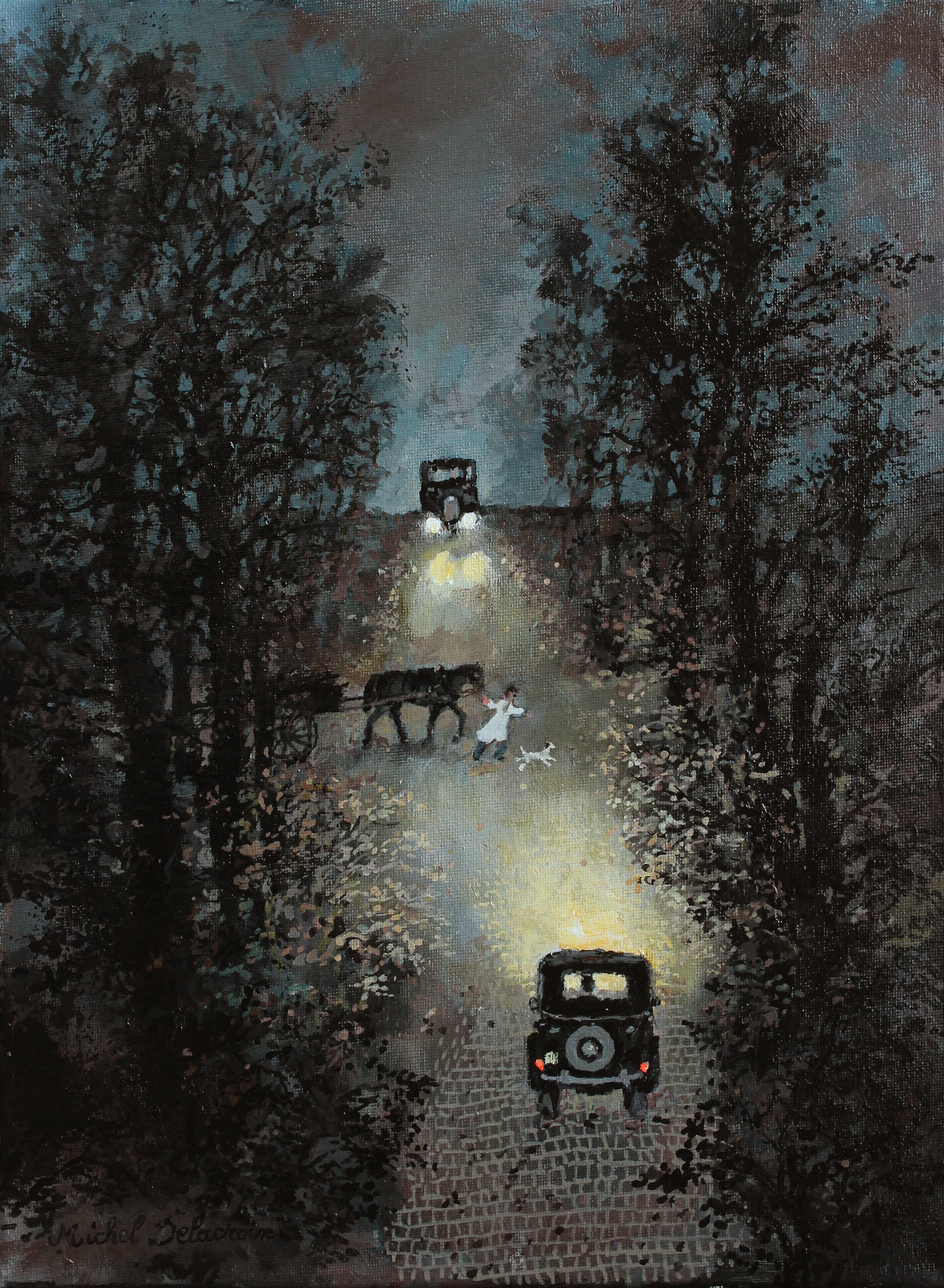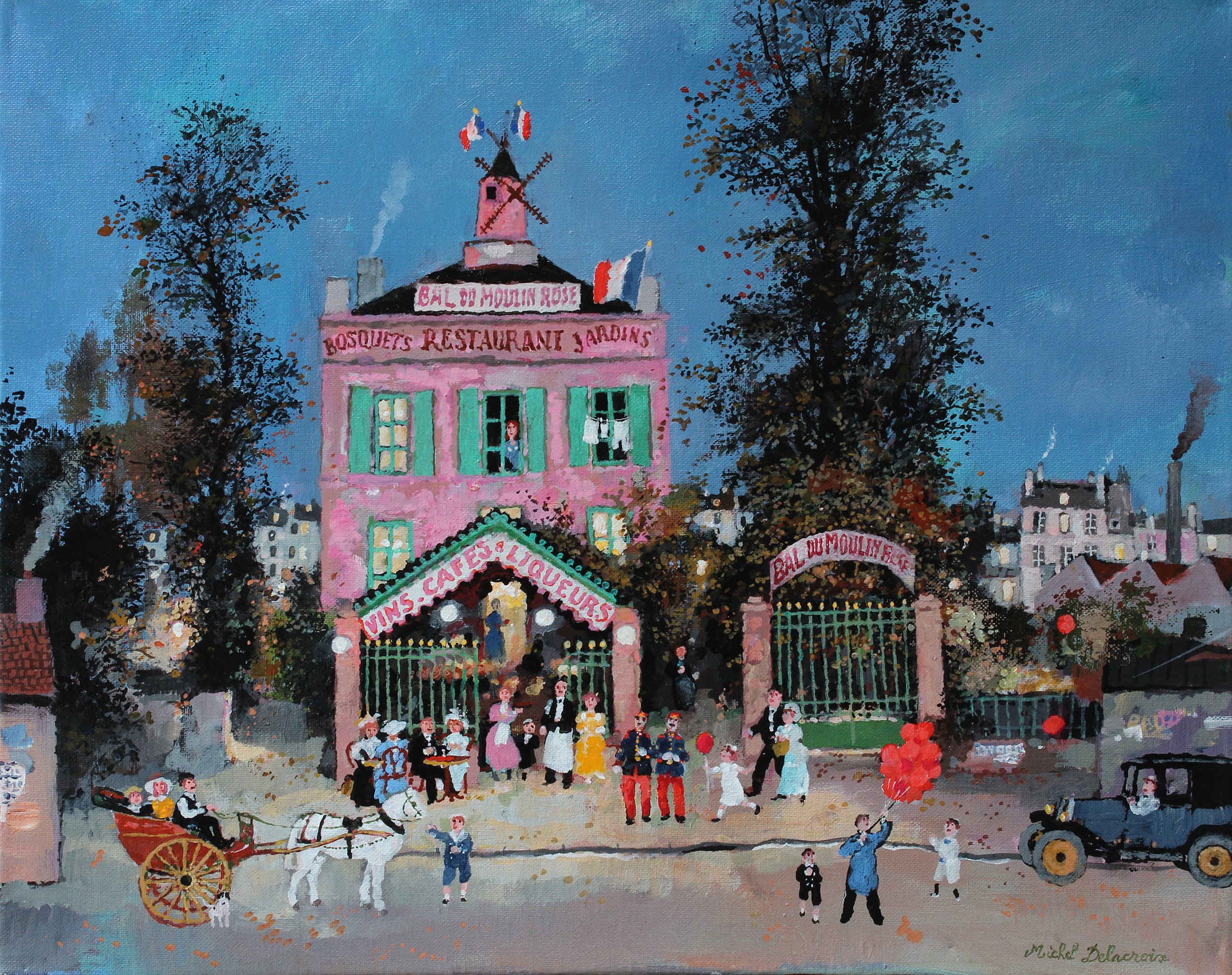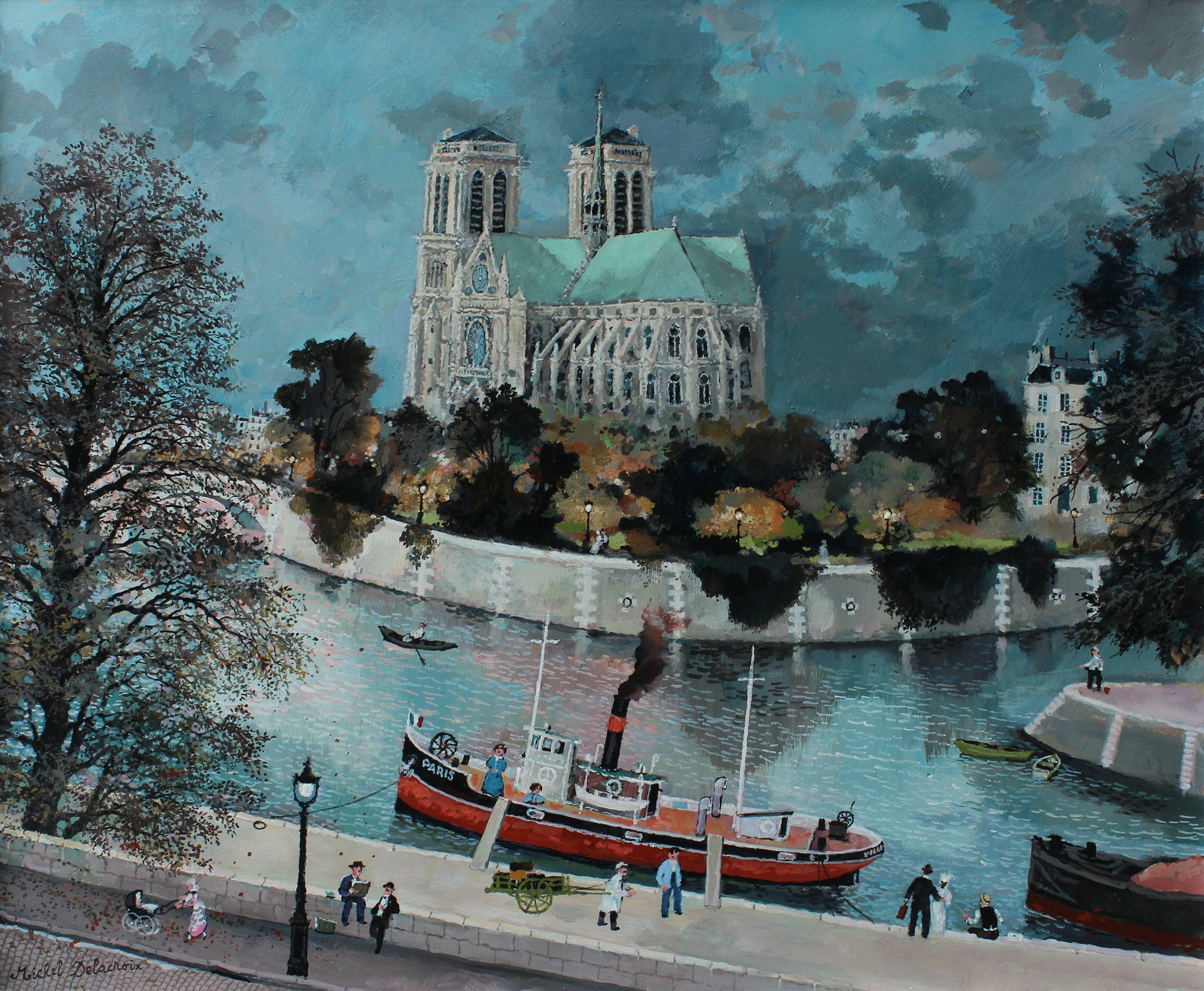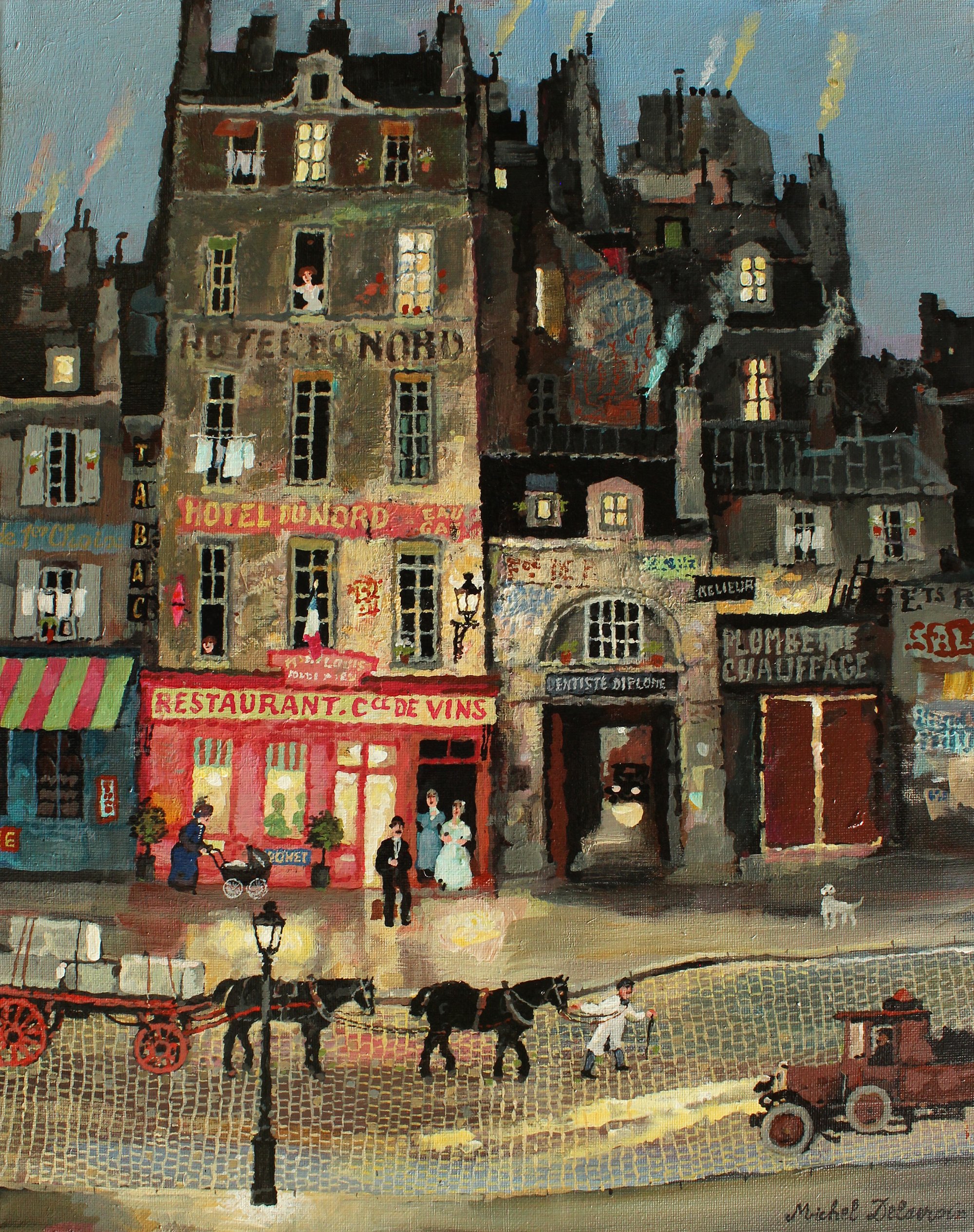Thomas Junghans, b. 1956 Recklinghausen, Germany
The sculptures of German artist Thomas Junghans are a new addition to M Fine Arts Galerie this summer. Junghans attended Maastricht University and the Jan Van Eyck Academie Maastricht, both located in the Netherlands. Sculpture became his main focus in 1981, during his time at the Jan Van Eyck Academie. He finished his studies at the Aachen. University in Germany from 1981-85 and has been featured in exhibitions ever since.
Figure 1. Thomas Junghans, Geometriker
His sculptures may appear to be created by quick, almost arbitrary, hacks, but the raw simplicity of his sculptures is indeed a result of exhaustion and extensive work. Junghans describes his process as a ‘controlled sort of drunkenness’. He has said that as a sculptor one wrong move at the wrong moment can completely disrupt, or even destroy, what is being created. He explained that knowing this causes a sort of paralysis that only a ‘controlled sort of drunkenness’ can remedy. Based on the same logic, Thomas Junghans is deliberate in his practice of not overdoing something. Life forms are limited and imperfect, and the unfinished nature of his Portrets (portraits) effectively conveys the indetermination of life.
Figure 2. Thomas Junghans, Inner Circle
Many of his Portrets are reminiscent of classical Greek and Roman sculptures, and he is particularly interested in the stylized image of man. He incorporates cubist and primitive elements, and the result is a captivating interpretation of a human head. Junghans mainly works with bronze, wood, and stone, often leaving the material with a weathered and rustic look. In several of his Portrets, including Beginn der Weisheit and Prima Luce (Gala Version), he contrasts the rustic bronze with bright eye-catching polished segments. The combination of these styles connects the viewer to the internal flow of history.
Figure 3. Thomas Junghans, Beginn der Weisheit
Text by Elizabeth Whitney



